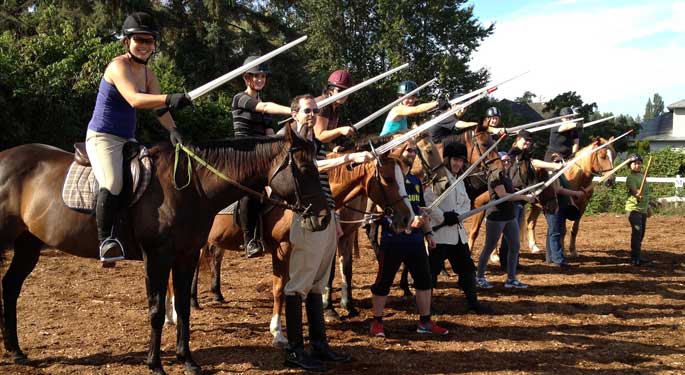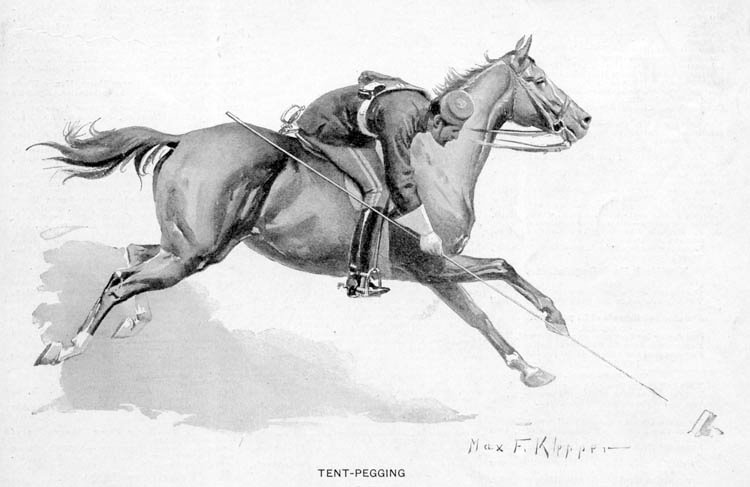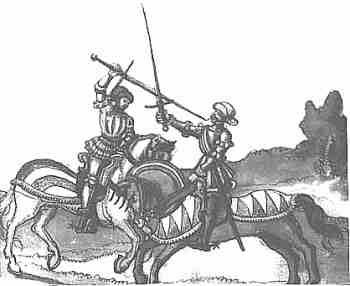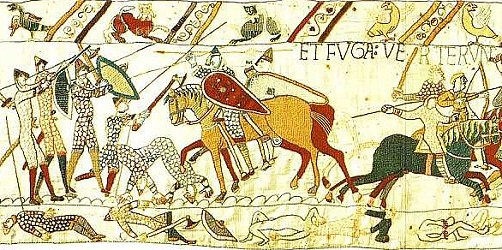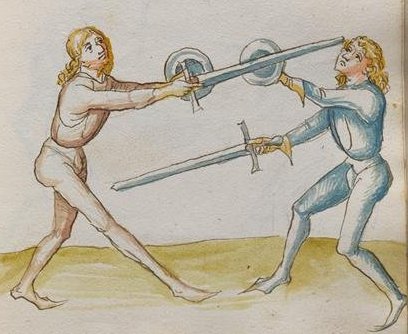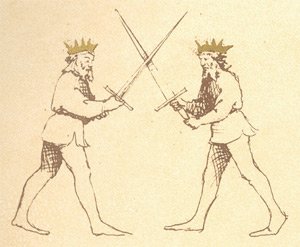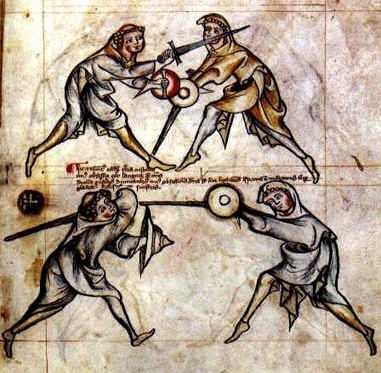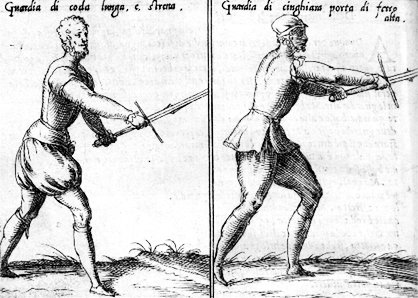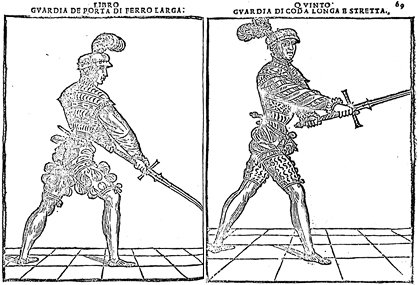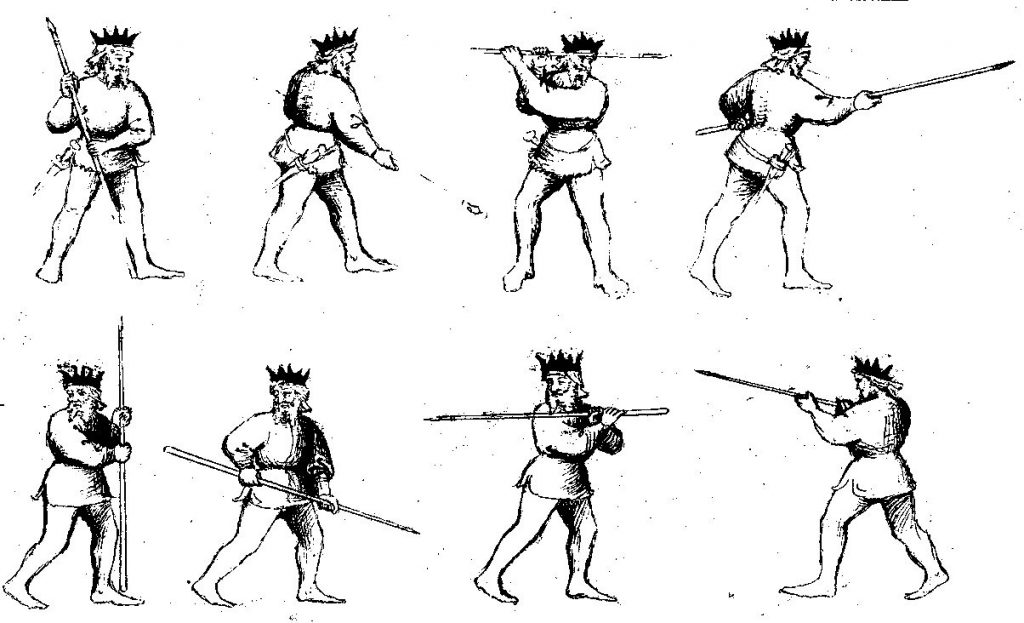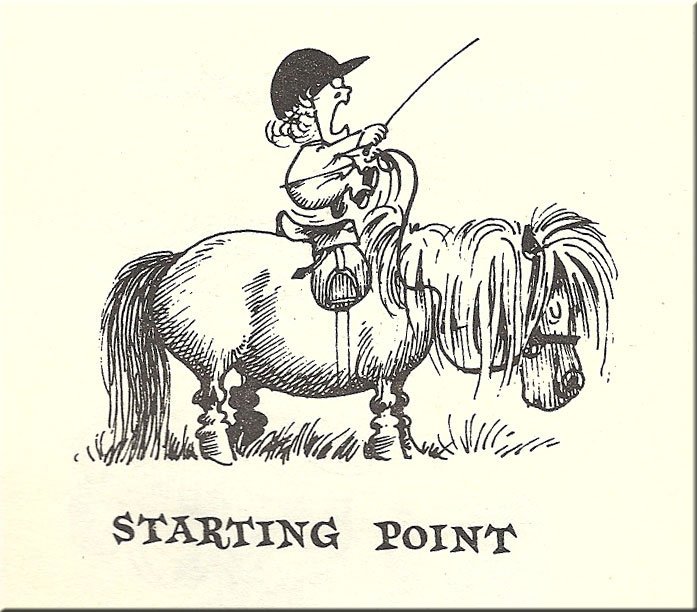To acquire the Green Spur, the first rank of the Mounted Combat program, in addition to Horsemanship and Riding Level 1, you will need to be assessed on the Green Spur Mounted Combat skills. These include Swordplay from the Ground, Swordplay Knowledge, and Mounted Combat Knowledge. The knowledge sections are covered in past sections of…
